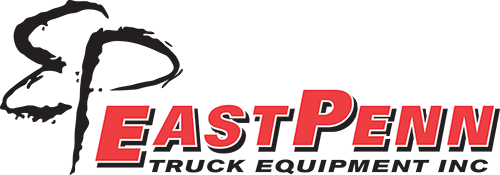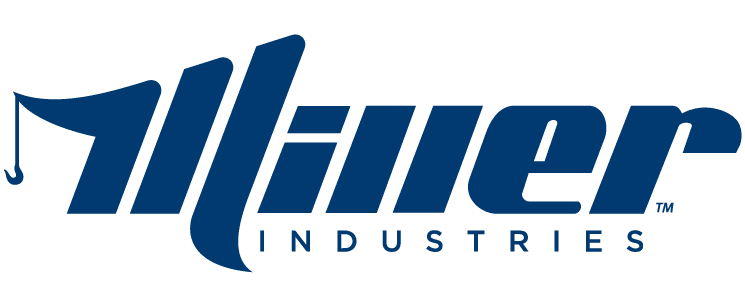International Roadcheck Is May 17-19 With a Focus on Wheel Ends
THE COMMERCIAL VEHICLE SAFETY ALLIANCE (CVSA) HAS ANNOUNCED THIS YEAR’S INTERNATIONAL ROADCHECK DATES AS MAY 17-19 WITH A FOCUS ON WHEEL ENDS.
International Roadcheck is a 72-hour high-visibility, high-volume commercial motor vehicle inspection and enforcement initiative. Commercial motor vehicle inspectors in Canada, Mexico and the U.S. will conduct North American Standard Inspections of commercial motor vehicles and drivers at weigh and inspection stations, on roving patrols, and at temporary inspection sites.
What Does the North American Standard Inspection Cover?
An inspection that includes examination of driver’s license; Medical Examiner’s Certificate and Skill Performance Evaluation (SPE) Certificate (if applicable); alcohol and drugs; driver’s record of duty status, as required; hours of service; seat belt; vehicle inspection report(s) (if applicable); brake systems; cargo securement; coupling devices; driveline/driveshaft; exhaust systems; frames; fuel systems; lighting devices (headlamps, tail lamps, stop lamps, turn signals and lamps/flags on projecting loads); steering mechanisms; suspensions; tires; van and open-top trailer bodies; wheels, rims and hubs; windshield wipers; buses, motor coaches, passenger vans or other passenger-carrying vehicles – emergency exits, electrical cables and systems in engine and battery compartments, seating, HM/DG and specification cargo tank requirements, as applicable. HM/DG required inspection items will only be inspected by certified HM/DG and cargo tank inspectors, as applicable.
NOTE: If more than 20 percent of pushrod travel on exposed pushrods cannot be measured, then the inspection would not be considered a Level I Inspection and shall be identified as a Level II Inspection.
NOTE: A five-axle vehicle combination with one axle not measured will still require two defective brakes to be placed out of service under the 20 percent brake criteria.
During International Roadcheck, inspectors will primarily conduct the North American Standard Level I Inspection, a 37-step procedure that includes an examination of driver operating requirements and vehicle mechanical fitness. Steps 15 and 18 focus specifically on the wheels, rims and hubs of a commercial motor vehicle. On the right, we’ve outlined what inspectors will be looking for during the wheel ends portion of the Level I Inspection, so make sure you proactively check these components during your routine pre- and post trip inspections. Drivers may also find abnormal or uneven tire wear, see or smell smoking or extremely hot hubcaps (too hot to touch), or notice smoke from a wheel end, or feel wheel vibration, wobble or noise. Increased stopping distance or decreased braking power, abnormal side pull when braking, wheel lock-up or skidding are all signs that your wheel ends may need maintenance or replacement.
During International Roadcheck, commercial motor vehicle inspectors examine large trucks and motorcoaches and the driver’s documentation and credentials using CVSA’s North American Standard Inspection Program procedures which are the uniform inspection steps, processes and standards established to ensure consistency in compliance, inspections and enforcement. Using the North American Standard Out-of-Service Criteria, also established by CVSA, inspectors identify critical out-of-service violations that if found, require the inspector to restrict the driver or vehicle from travel until those violations or conditions are addressed.
Vehicles that successfully pass a North American Standard Level I or Level V Inspection without any critical vehicle inspection item violations may receive a CVSA decal. In general, a vehicle with a valid CVSA decal will not be re-inspected during the three months while the decal is valid. Instead, inspectors will focus their efforts on vehicles without a valid CVSA decal.
What will Inspectors Look For?
- Check for cracks or unseated locking rings, studs or clamps.
- Check for bent, cracked or broken rims on the inside and outside wheel rims.
- Check for loose, broken, missing or damaged wheel fasteners and elongated stud holes.
- Check spoke wheels for cracks across spokes and in the web area or slippage in the clamp areas.
- Check the hub for lubricant leaks, missing caps or plugs.
- Check the inner wheel seal for leaks.
- Check the tire and valve stem for leaks.
- Check for proper inflation, cuts and bulges on all tires, including the inside tire on a dual set.
- Check for regrooved tires on steering axle.
- Check tread wear and measure major tread groove depth.
- Inspect the sidewall for improper repairs, such as tire plugs.
- Check for exposed fabric or cord.
- Check for tire contact with any part of the vehicle.
- Check for markings on the tire that would exclude its use on a steering axle.
- Check for debris between the tires.
- Check for tires touching one another or any part of the vehicle.
Focus on Wheel Ends
Each year, CVSA focuses on a specific aspect of a roadside inspection. This year, the focus will be on wheel ends. Wheel end components support the heavy loads carried by commercial motor vehicles, maintain stability and control, and are critical for braking. Violations involving wheel end components historically account for about one quarter of the vehicle out-of-service violations discovered during International Roadcheck, and past International Roadcheck data routinely identified wheel end components as a top 10 vehicle violation.
Why Wheel Ends?
Wheel end components support the heavy loads carried by commercial motor vehicles, maintain stability and control, and are critical for braking, keeping the vehicle safely on the road. Failure of these components may lead to a catastrophic crash. It is crucial for commercial motor vehicle drivers to check wheel end components during pre- and post-trip inspections. The driver’s observations during the inspection are the first step in detecting a wheel-end or wheel-bearing problem. In addition, identifying wheel end problems before they cause downtime may save drivers and motor carriers from expensive emergency roadside towing and repairs.























